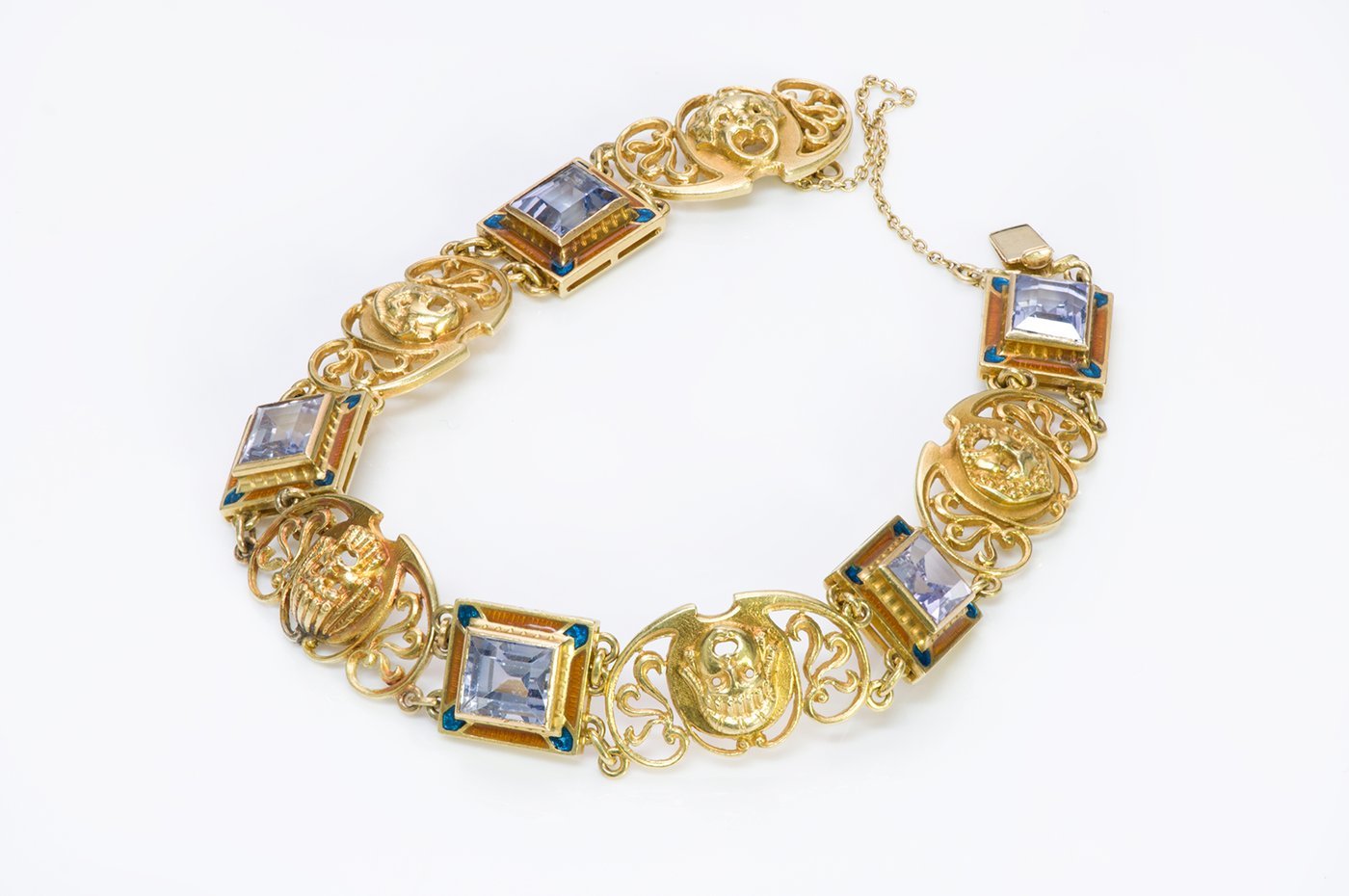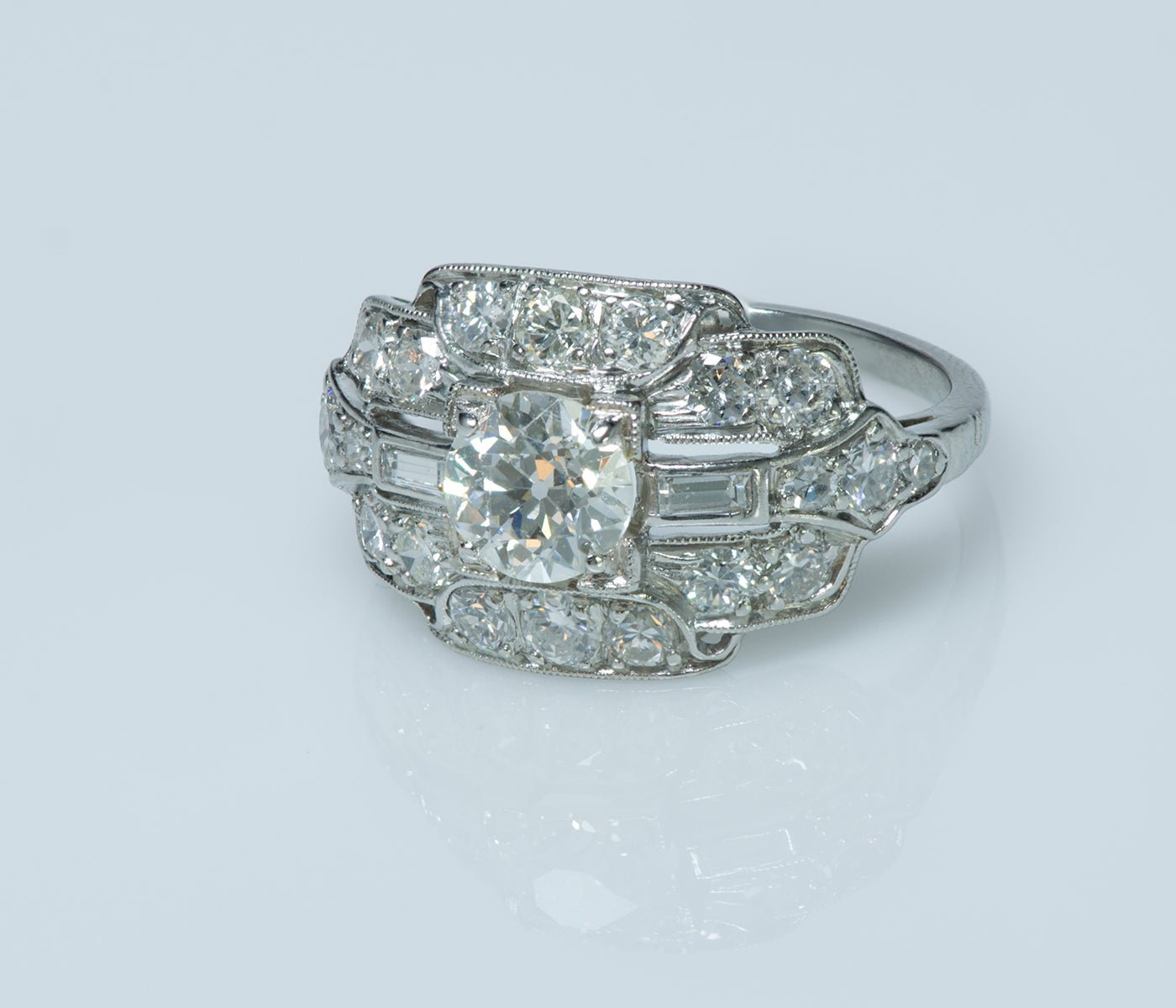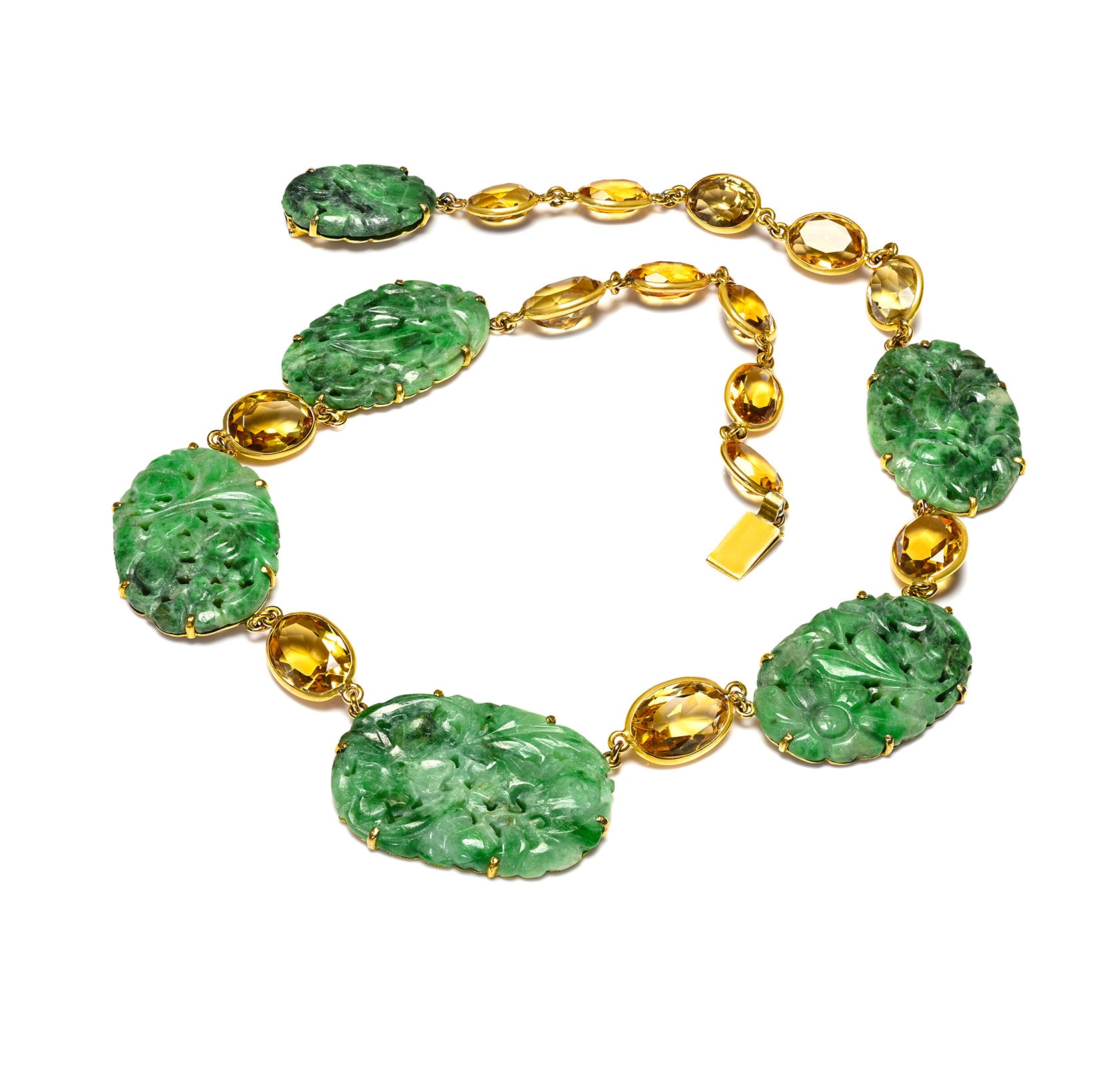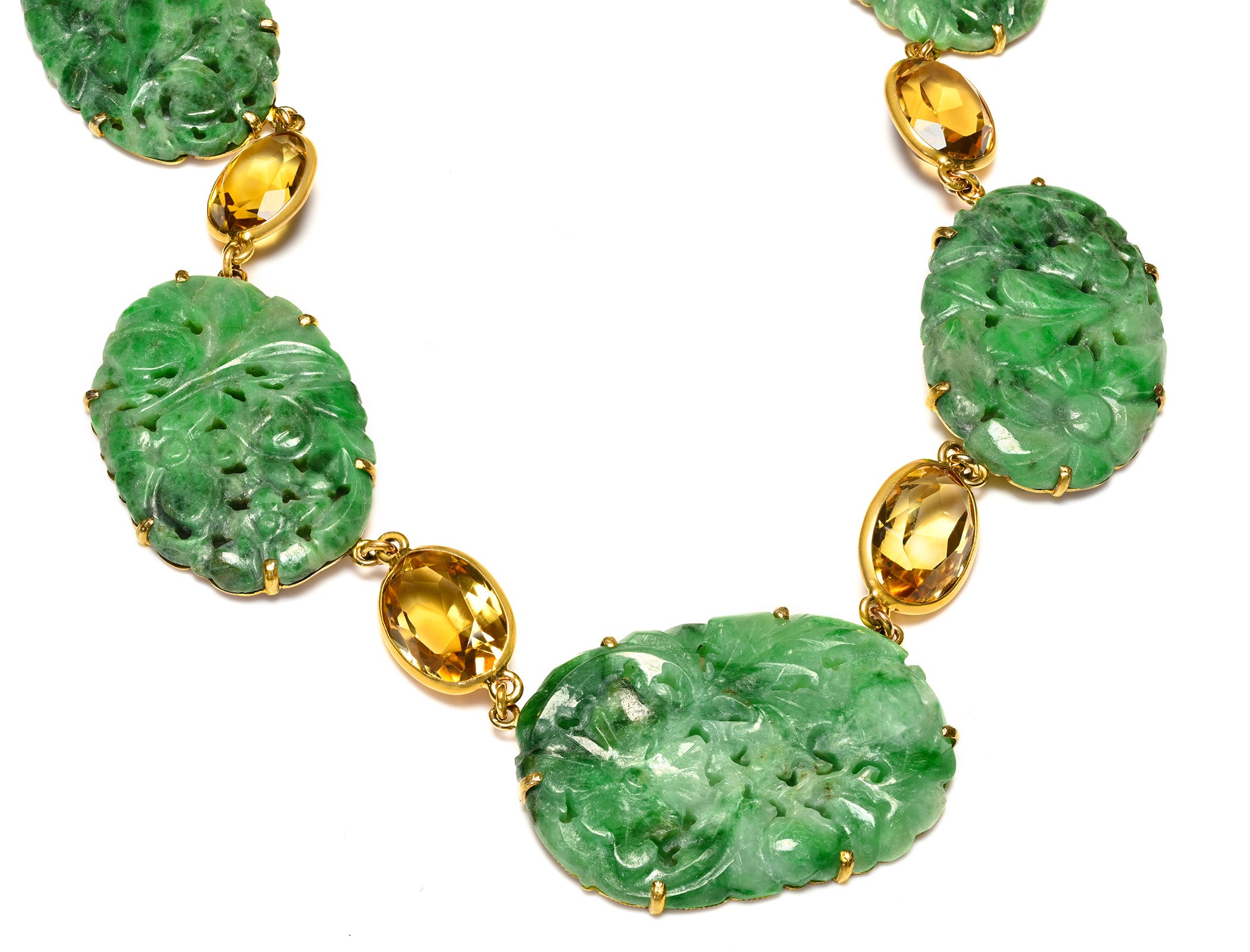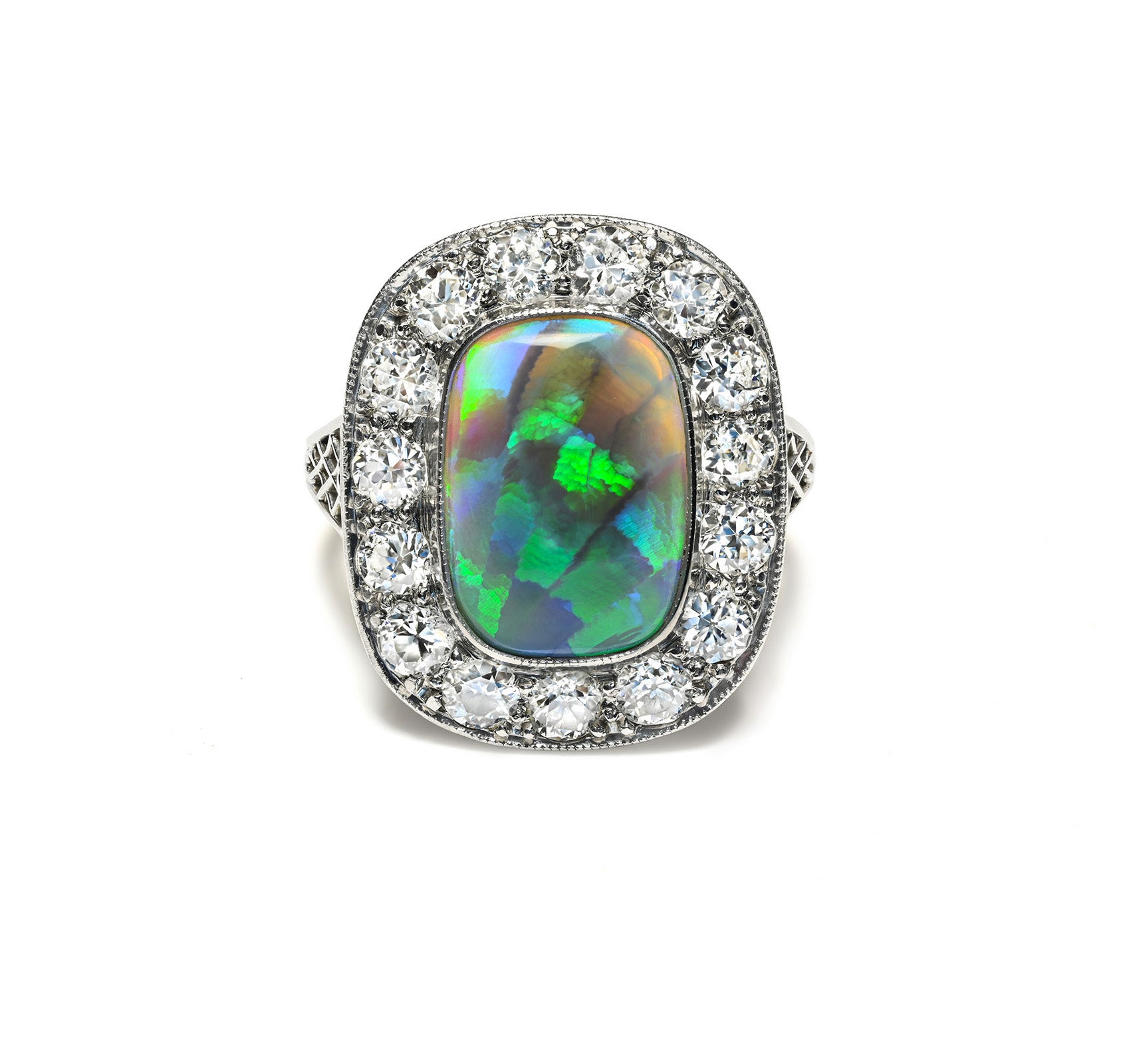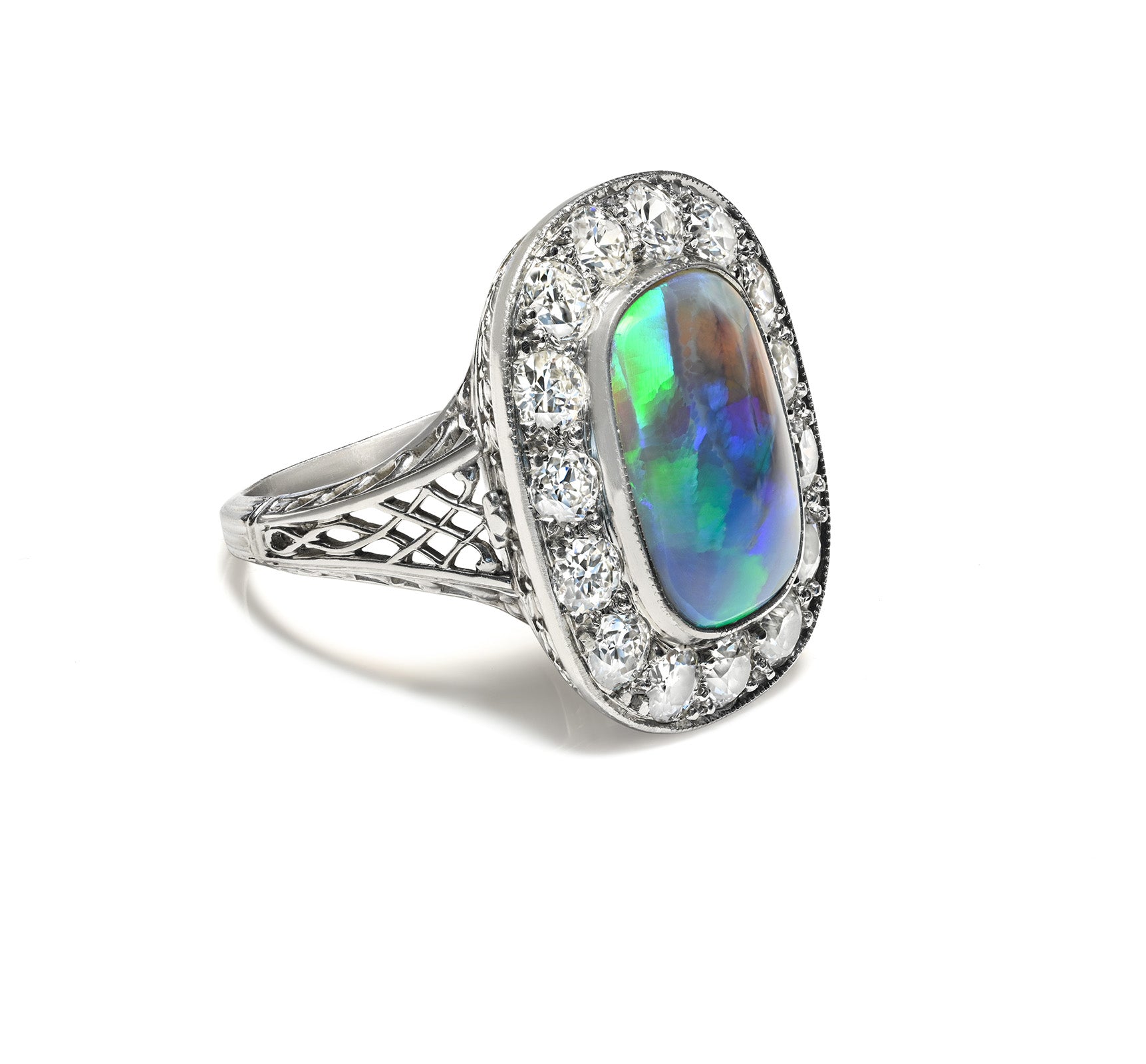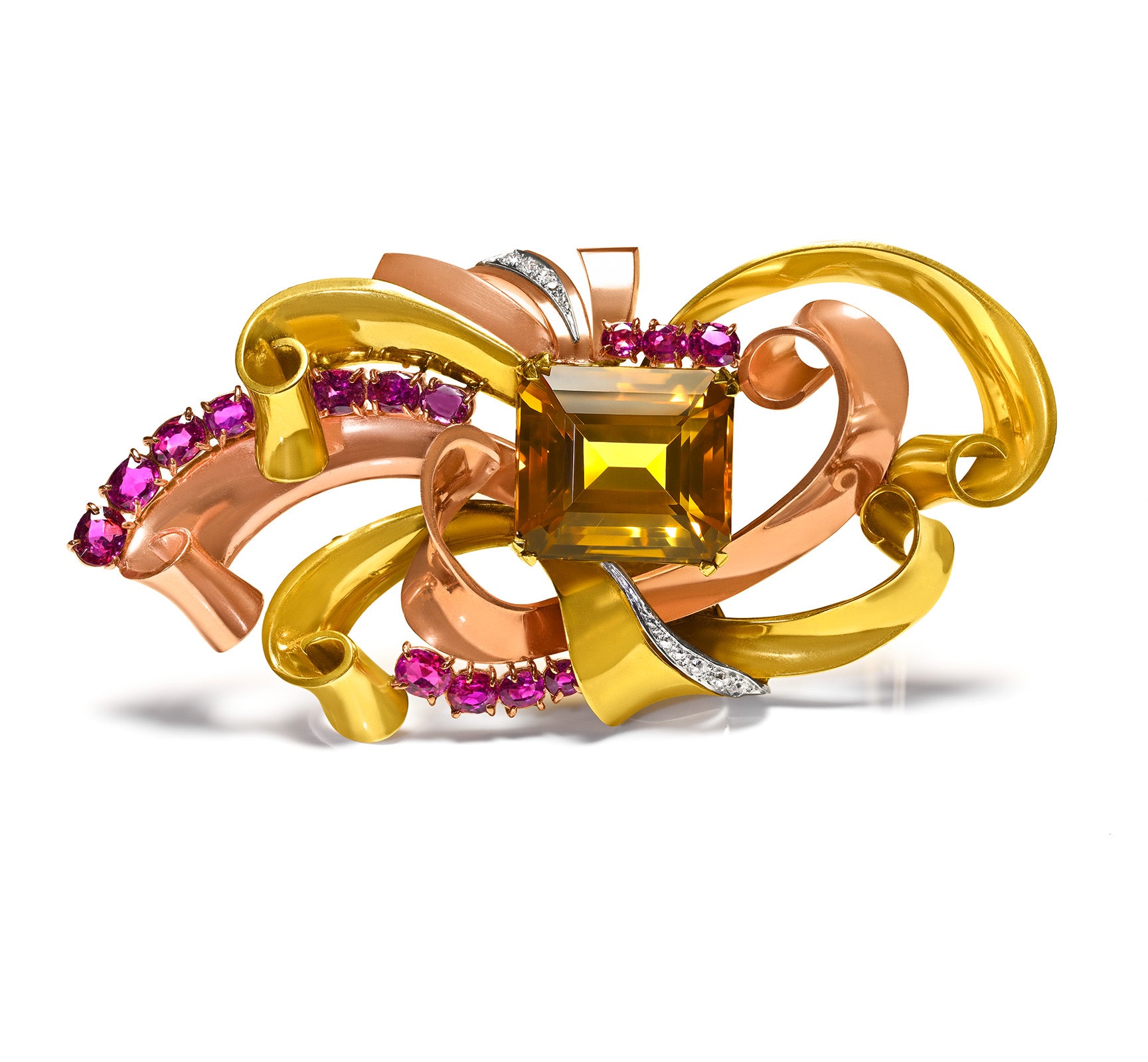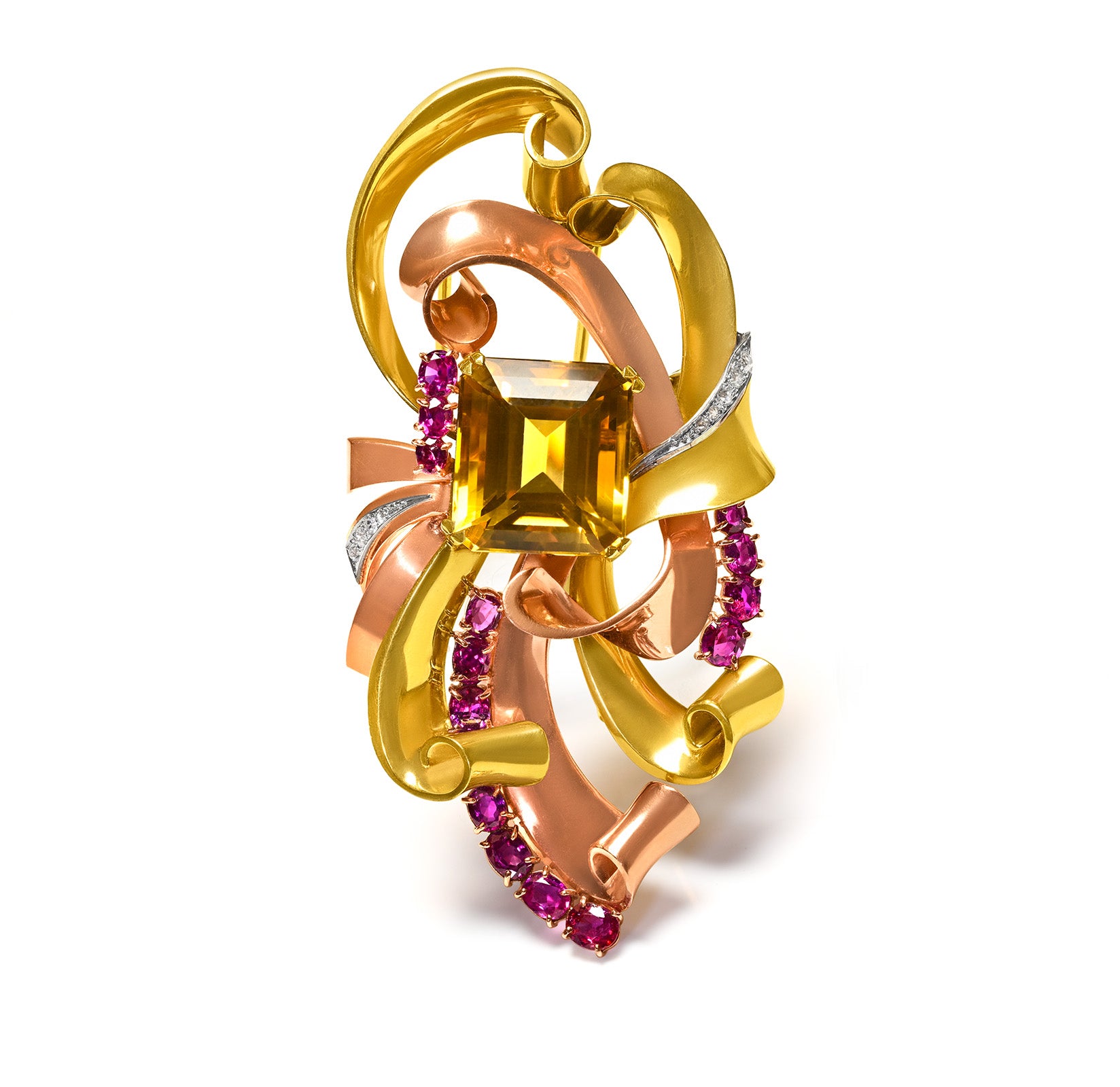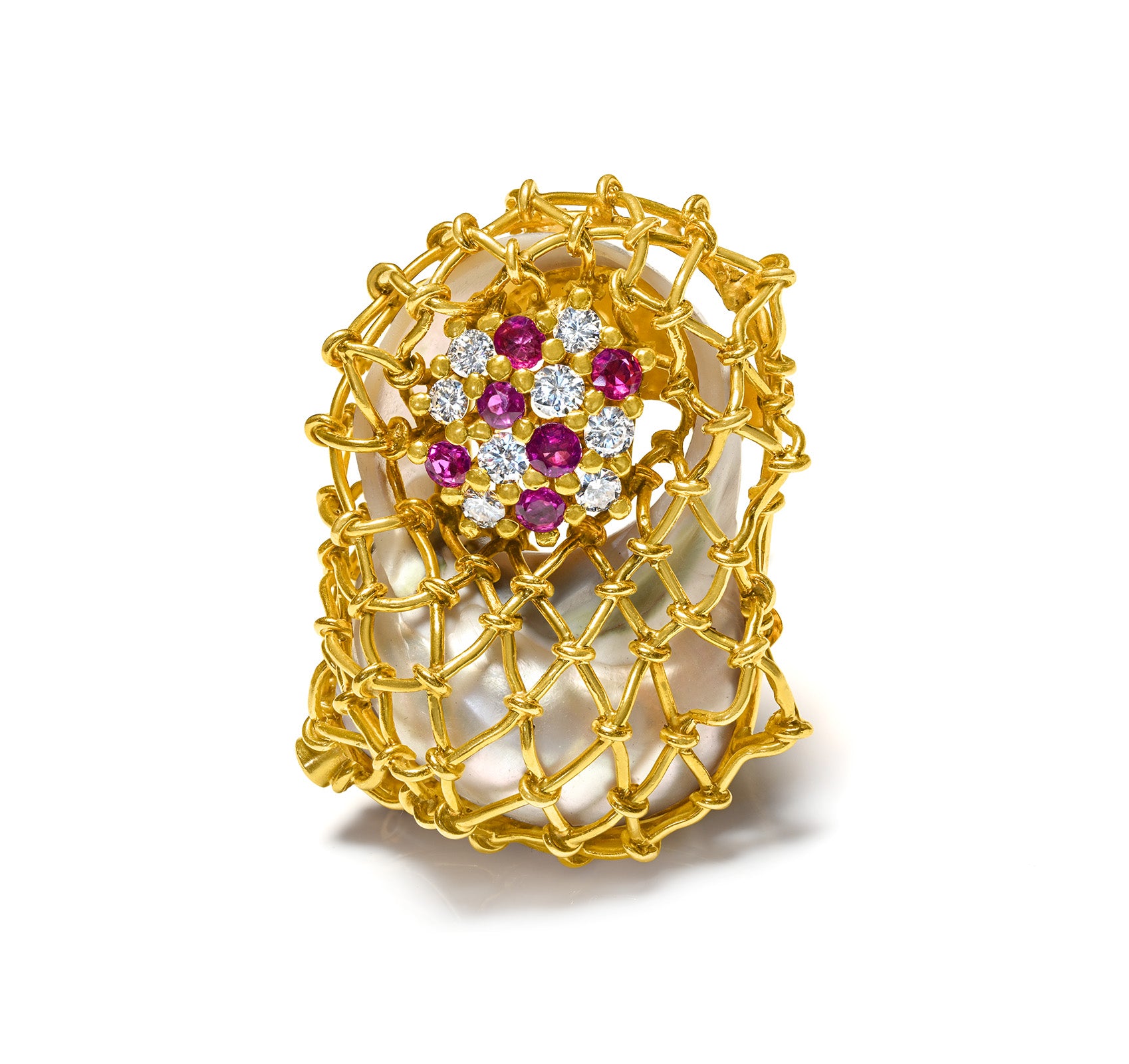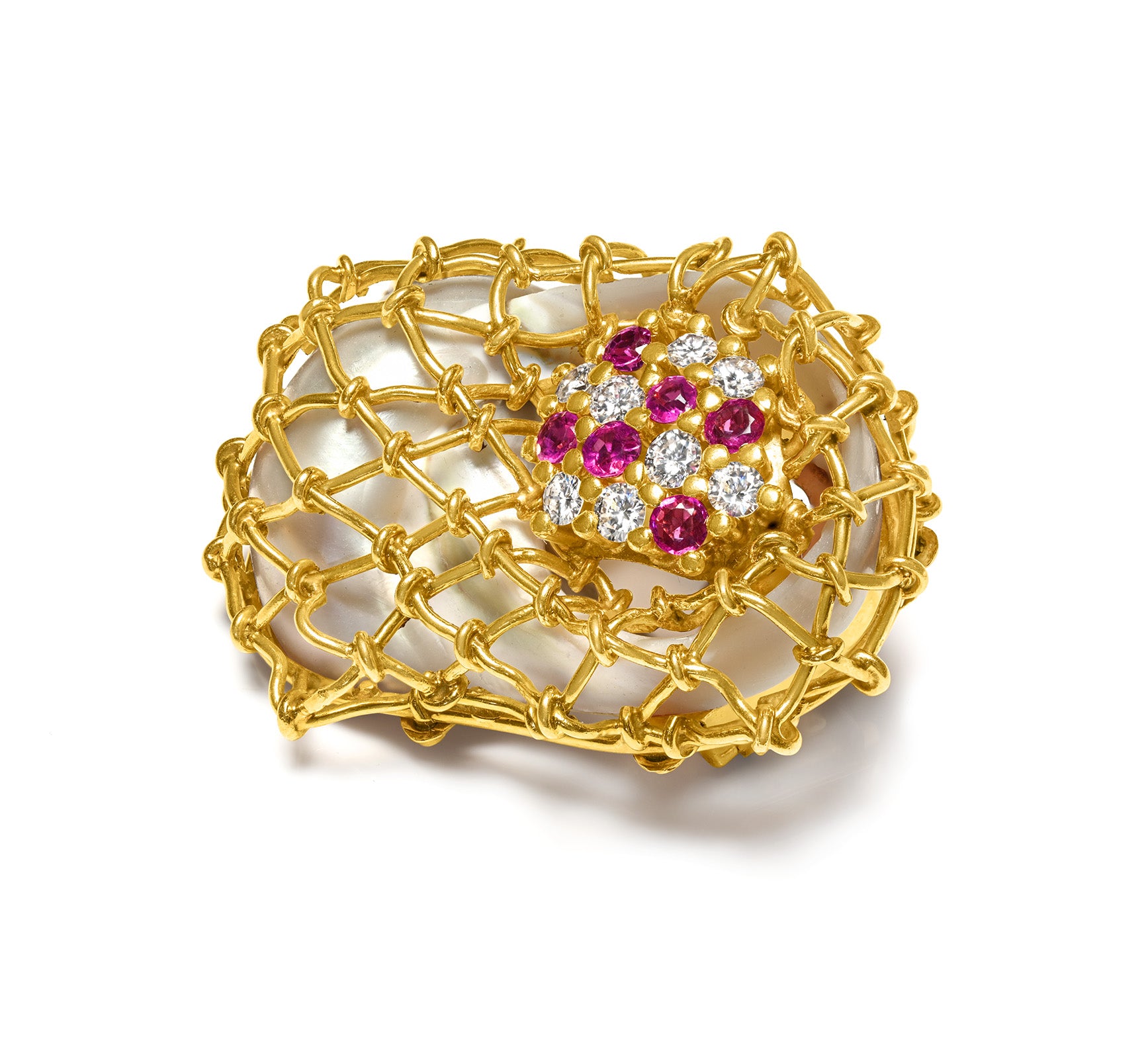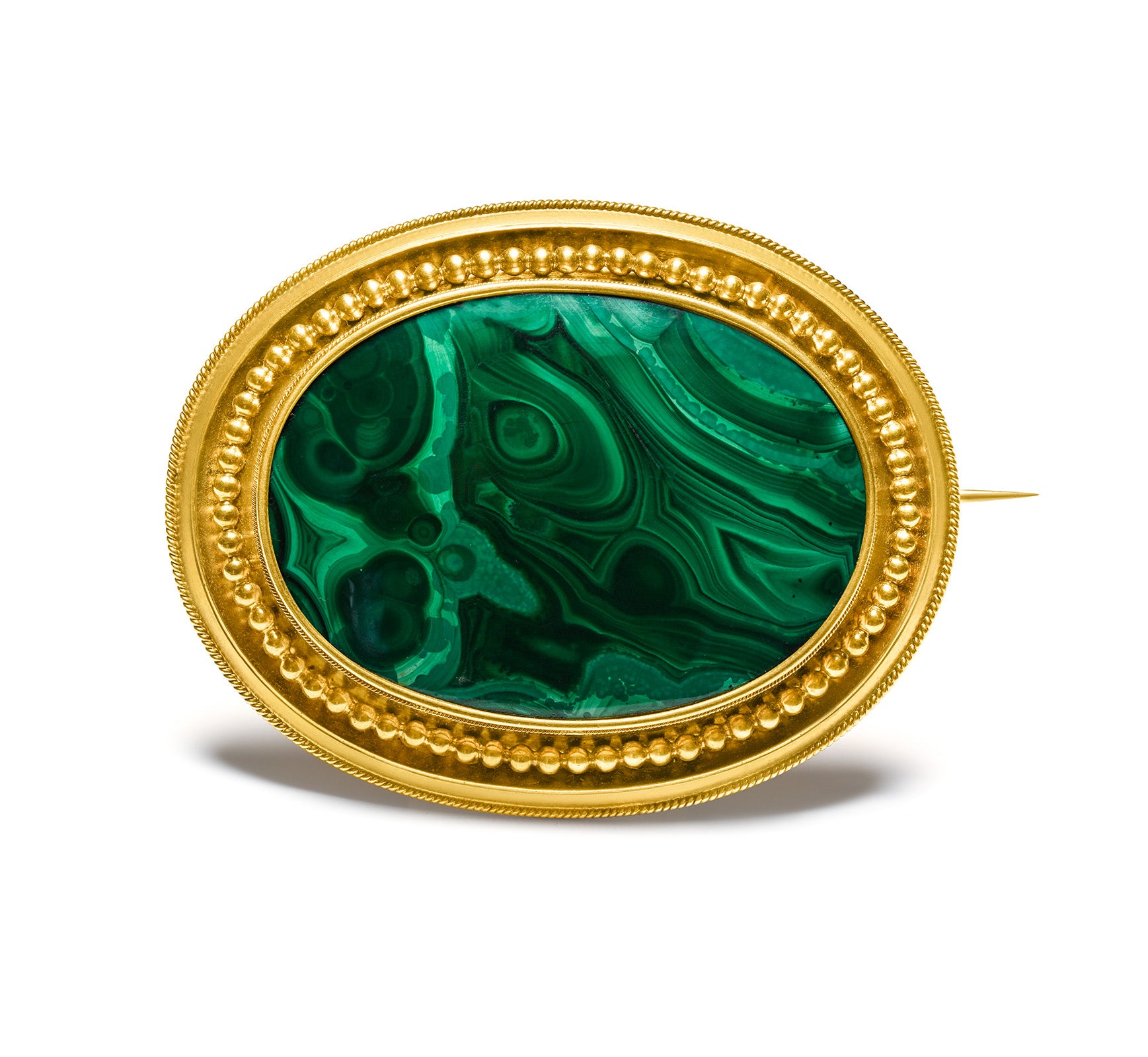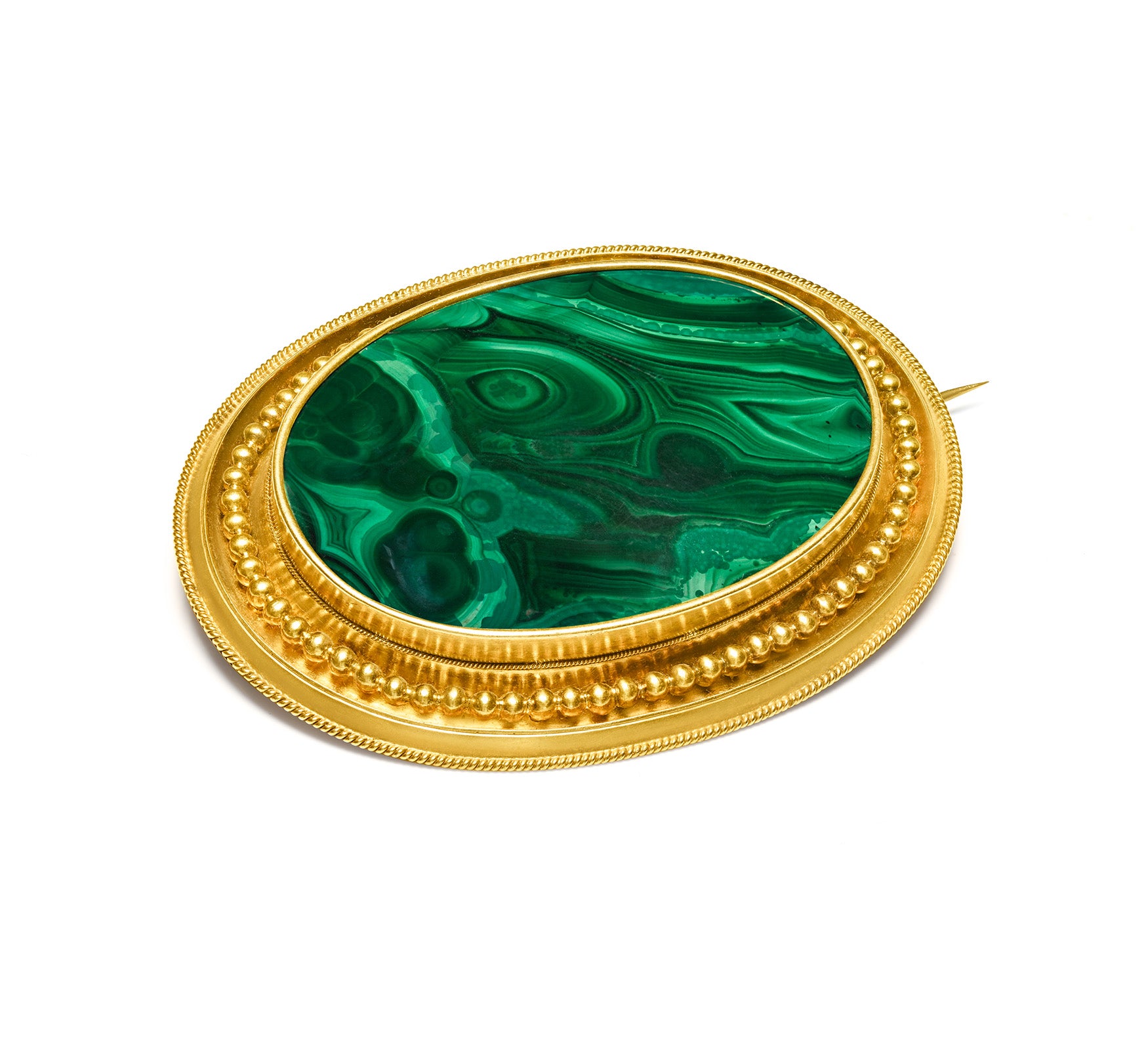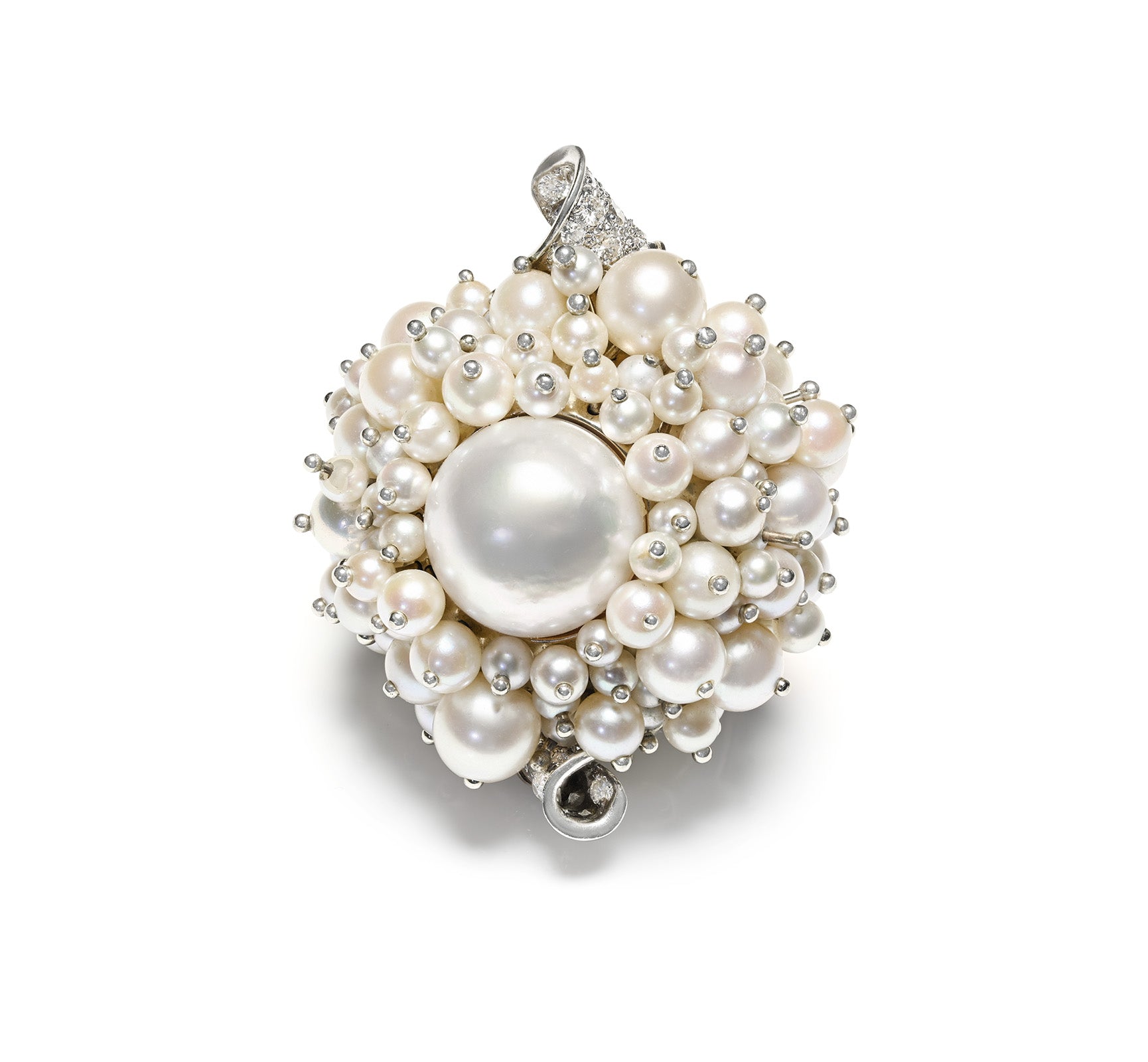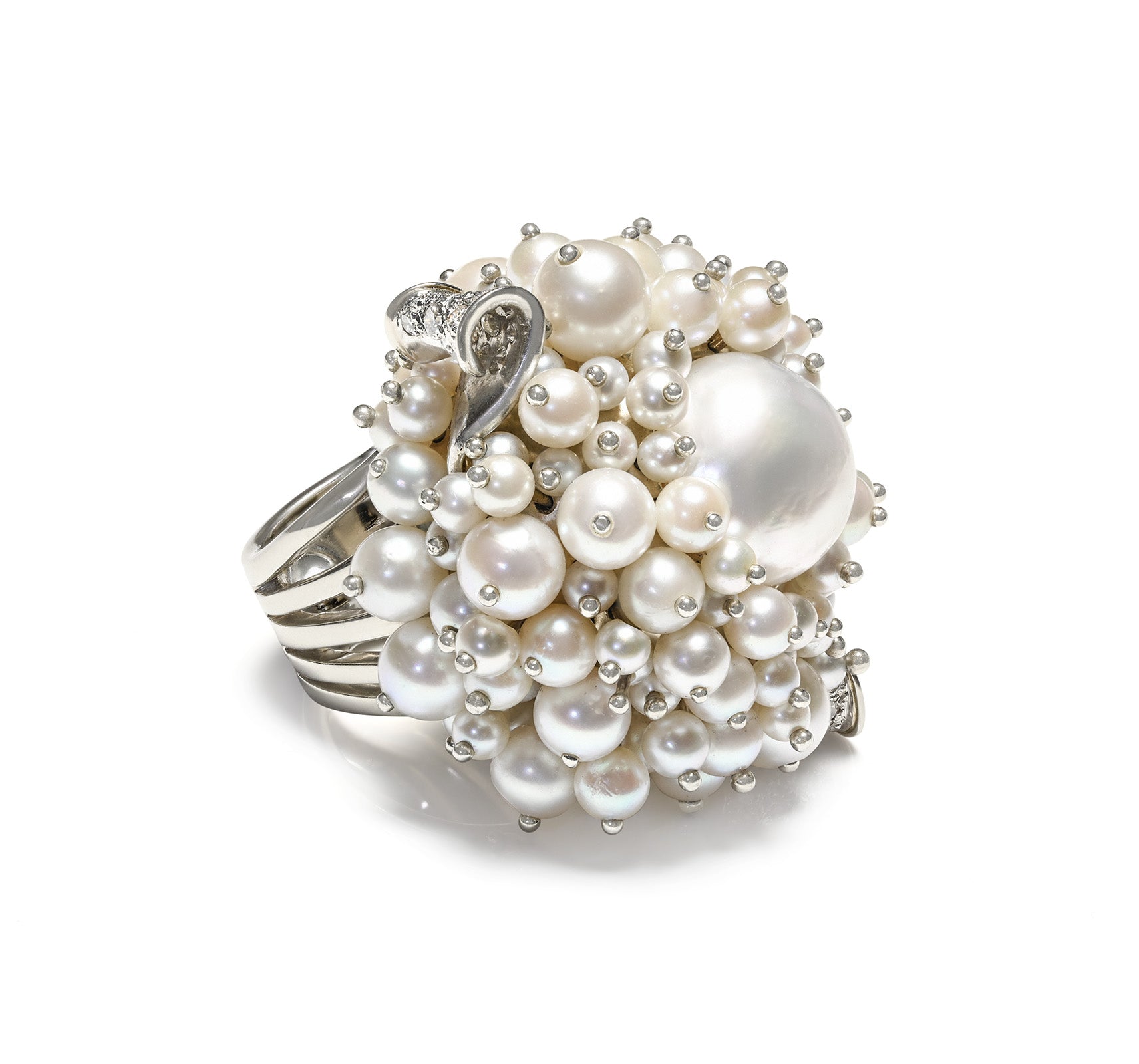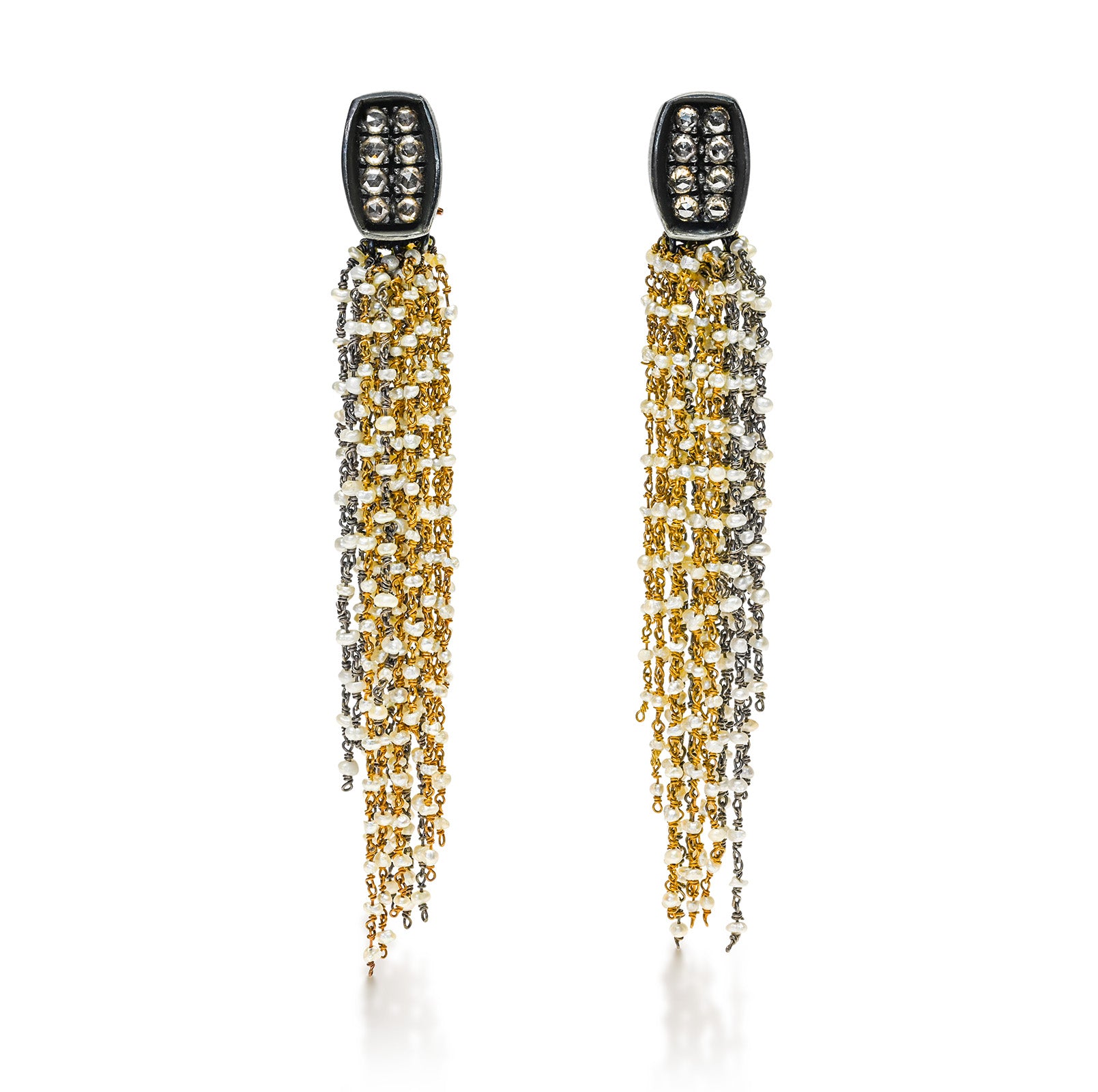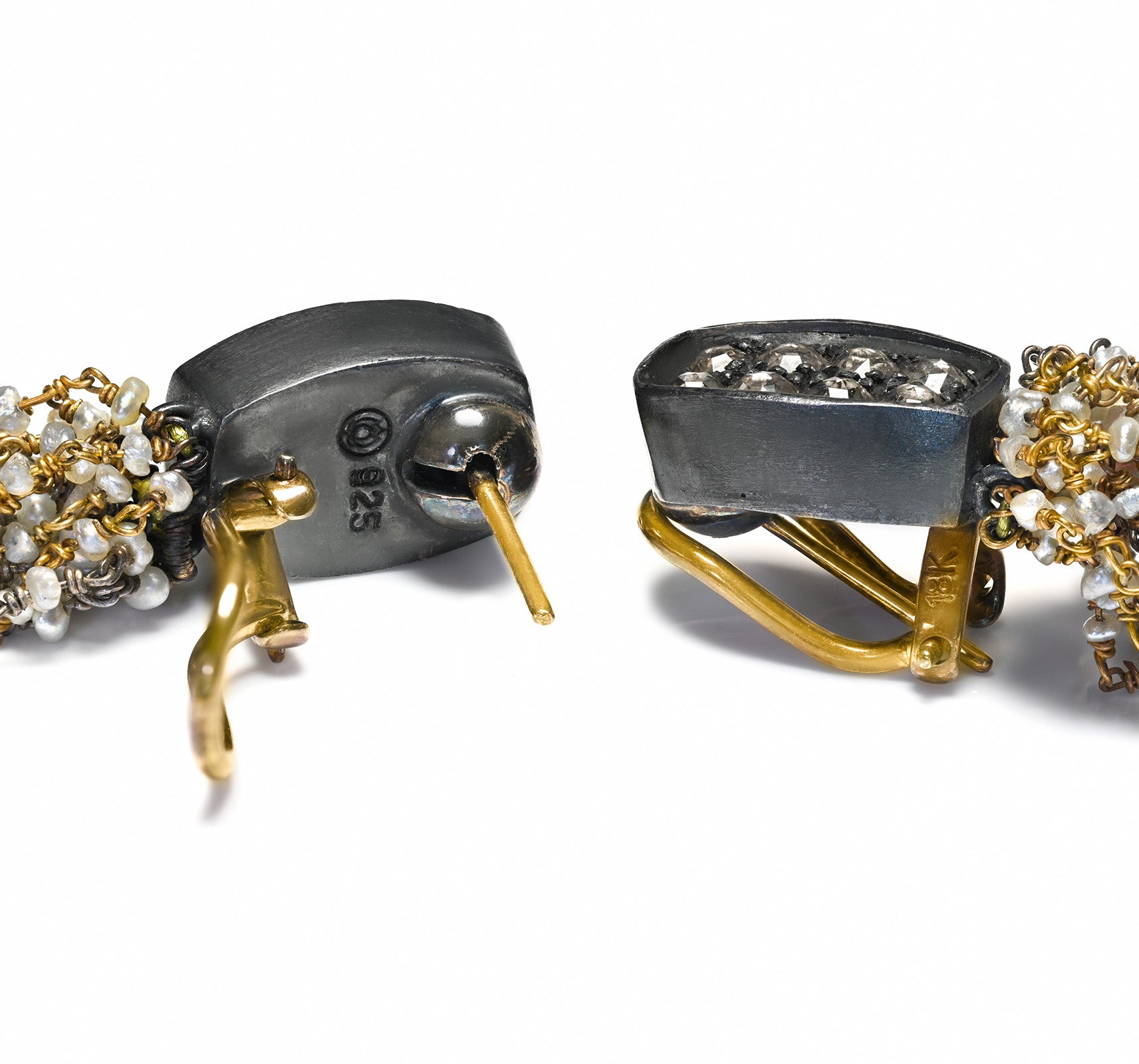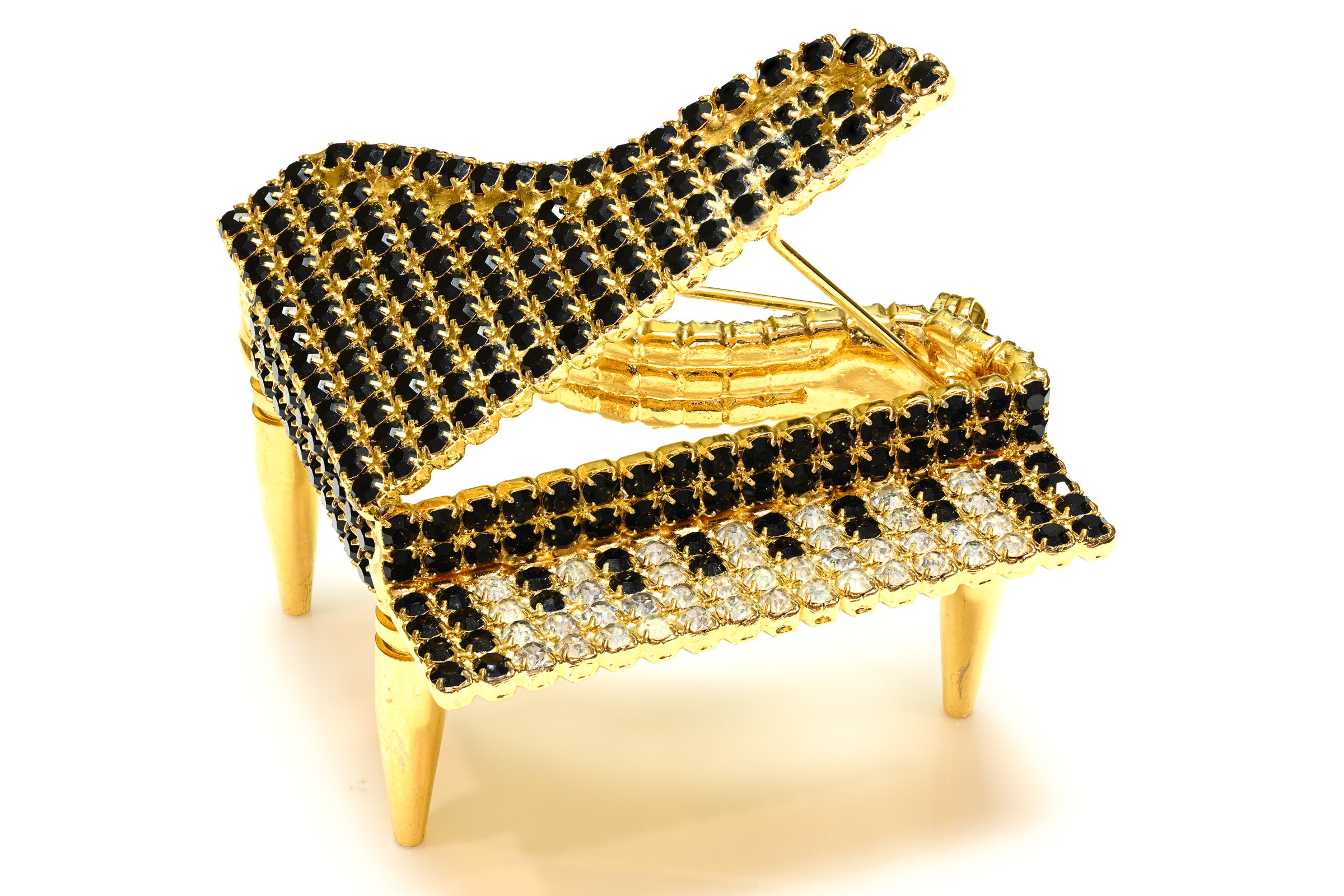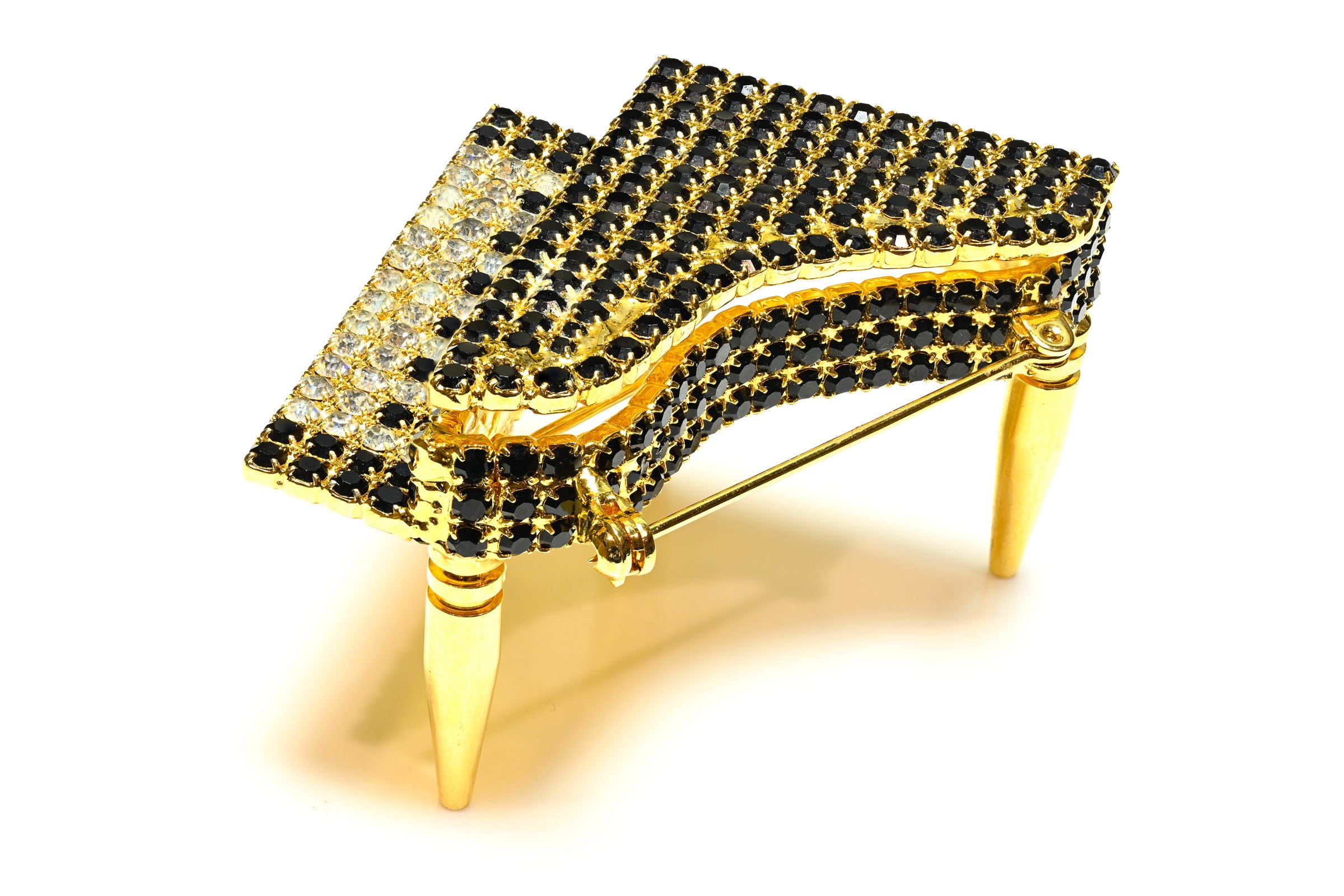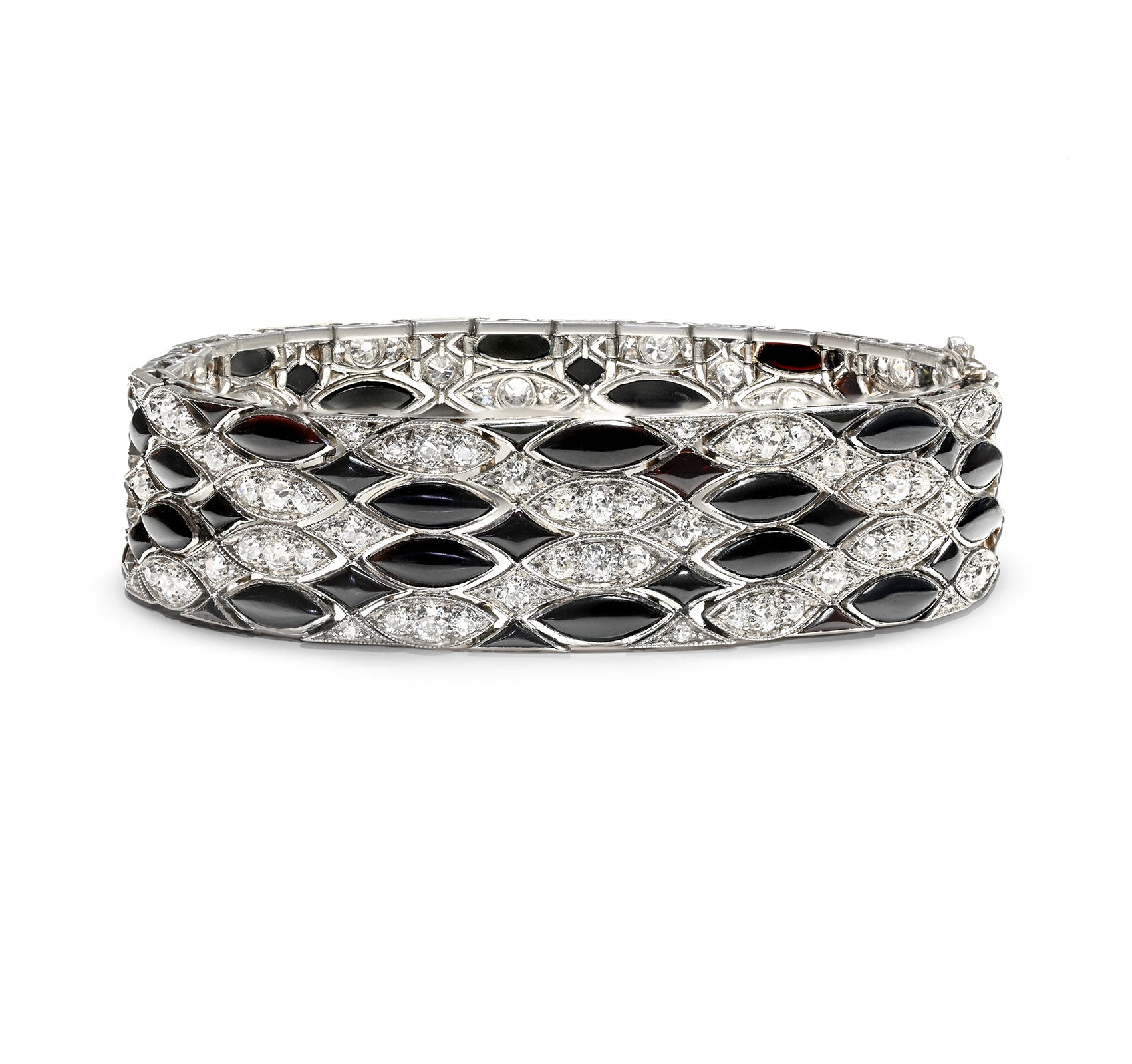
Exploring Vintage and Antique Jewelry Periods
Introduction
Vintage and antique jewelry offer a glimpse into different eras of jewelry design, each showcasing the artistic movements and cultural influences of its time. Vintage pieces are those made over 20 years ago, while antique jewelry is defined as being 100 years old or more. Knowing the historical significance of these items can greatly enhance your ability to collect or appreciate them.
The charm of vintage and antique jewelry lies in its history and craftsmanship. Each piece has a story to tell, reflecting the fashion trends and societal norms of its time. By understanding the features of various periods, you can not only identify and value such jewelry but also develop a deeper appreciation for the artistry behind it.
In this article, you will learn:
- The key differences between vintage and antique jewelry.
- The distinctive qualities of different historical periods.
- Practical tips for collecting or styling vintage and antique pieces.
Defining Vintage and Antique Jewelry
Understanding the age definition of vintage and antique jewelry is crucial for collectors and enthusiasts alike. These terms are not just about age; they carry significant implications for value, style, and collectibility.
Vintage Jewelry
- Age: Typically refers to pieces that are at least 20 years old.
- Style: Reflects the fashion trends of the time they were made, capturing the essence of a particular era.
- Value & Collectibility: Often valued for their unique designs and craftsmanship. While not as old as antiques, vintage items can still be highly collectible, especially if they represent iconic styles or brands.
Antique Jewelry
- Age: Must be 100 years old or more to qualify as antique.
- Style: Exhibits historical aesthetics and often features handcrafted elements that showcase the techniques of its time.
- Value & Collectibility: Generally considered more valuable due to rarity and historical significance. Antiques offer a glimpse into the past, making them treasured by collectors.
The distinction between vintage and antique jewelry extends beyond mere age. Each category offers unique insights into the cultural and artistic movements of its time, enhancing both their desirability and historical value. As you delve deeper into various periods, you'll discover how these differences play out in design, materials, and techniques.
The Allure of Different Jewelry Periods
1. Georgian Era (1715–1830)
The Georgian Era is known for its luxurious and intricately crafted jewelry. During this time, skilled artisans created impressive pieces that not only showcased wealth but also demonstrated the intricate artistry of the period. Georgian jewelry is famous for its elaborate designs, often featuring complex patterns and nature-inspired motifs.
Common Materials Used
Artisans predominantly used sterling silver with 18K gold backing to create pieces that were both durable and stunning. This combination allowed jewelers to highlight the beauty of their creations while ensuring longevity.
Notable Gemstones of the Era
The gemstones favored during the Georgian Era added vibrant color and allure to the jewelry pieces. Garnets, amethysts, and topaz were among the most popular choices. These stones were often cut into shapes like rose cuts or table cuts, enhancing their natural brilliance.
The aesthetic of this period was greatly influenced by historical themes and motifs, such as floral elements and intricate scrollwork. Each piece was meticulously handcrafted with great attention to detail, making every item one-of-a-kind and highly sought after by collectors today. The timeless elegance of Georgian jewelry continues to captivate enthusiasts who appreciate the rich history and artistic expression embodied in these masterpieces.
2. Victorian Era (1837–1901)
The Victorian Era was a significant time in jewelry design, greatly influenced by Queen Victoria's personal style and the cultural changes happening during that period. The jewelry from this era is known for its wide range of styles and intricate craftsmanship, making it a beloved part of many collections today.
Phases of the Victorian Era
1. Romantic Period (1837–1860)
- Jewelry from this phase reflects Queen Victoria's romantic relationship with Prince Albert.
- Designs often featured sentimental motifs such as hearts, flowers, and serpents.
- Common materials included gold and silver, adorned with colorful gemstones like garnets and turquoise.
2. Grand Period (1860–1885)
- This period saw more serious themes following Prince Albert's death.
- Jewelry took on darker colors, often using black enamel, jet, and onyx.
- Historical motifs became popular, showing Victorian interest in ancient cultures like Egypt and Greece.
3. Aesthetic Period (1885–1901)
- This phase focused on artistic expression and beauty rather than symbolism.
- Designs became lighter and more delicate, using materials such as diamonds and pearls.
- Nature-inspired motifs were common, reflecting the influence of the broader Arts & Crafts Movement.
Victorian jewelry showcases a wide range of styles, from luxurious to simple. Each phase within this era adds depth to its charm, displaying unique features that continue to fascinate vintage and antique jewelry enthusiasts. These distinct periods demonstrate how societal influences and personal stories shaped jewelry design during the Victorian Era.
3. Arts & Crafts Movement (1860–1920)
The Arts & Crafts Movement emerged at a time when industrialization was reshaping society, and many artisans yearned for a return to traditional craftsmanship. This movement stood as a reaction against the mass production that characterized the Victorian Era (1837–1901) and Georgian Era (1715–1830). Embracing simplicity and handcrafted quality, jewelry from this period was known for its unique and artistic expression.
Key characteristics of Arts & Crafts jewelry include:
- Craftsmanship: Unlike mass-produced pieces, these were handcrafted with meticulous attention to detail.
- Natural Materials: Jewelers preferred materials like copper, silver, and uncut stones such as opals and moonstones.
- Design Philosophy: Emphasized organic forms and nature-inspired motifs, resonating with the Art Nouveau (1890–1915) style that followed.
This dedication to artistry and natural beauty gives Arts & Crafts jewelry its distinct charm, making it a fascinating period within the broader tapestry of jewelry history.
4. Art Nouveau (1890–1915)
Art Nouveau jewelry stands out as a testament to the beauty of nature and the human form, characterized by its flowing lines, organic forms, and intricate detailing. This period embraced asymmetry, often incorporating motifs such as flowers, vines, and the female silhouette to symbolize elegance and femininity.
Key Features of Art Nouveau Jewelry:
- Flowing Lines: Curves and swirls dominate the designs, reflecting a sense of movement and fluidity.
- Organic Forms: Nature-inspired elements such as leaves, insects, and animals are prevalent.
- Intricate Detailing: Emphasis on craftsmanship with detailed engravings and enamel work.
Notable Artists and Designers:
- René Lalique: Renowned for his innovative use of materials like glass and enamel, creating ethereal pieces.
- Alphonse Mucha: Influential in popularizing the style through his art, which translated into jewelry design.
- Louis Comfort Tiffany: Known for his stained glass artistry, he brought similar techniques to jewelry.
Each era in jewelry history, from the Georgian Era (1715–1830) to the Retro Era (1935–1950), possesses its unique charm and character. The Art Nouveau period is a vivid example of how artistic expression can transform jewelry into wearable art.
5. Edwardian Era (1900–1920)
The Edwardian Era, between the Art Nouveau and Art Deco periods, is known for its delicate designs and romantic styles. Jewelry from this time often features intricate designs reminiscent of the elegance that defined the early 20th century.
Key techniques set Edwardian jewelry apart:
- Filigree Work: This technique involves twisting fine threads of metal into ornate patterns, creating an airy and lacy appearance. Filigree was a hallmark of Edwardian jewelry, showcasing artisans' skill in crafting lightweight yet detailed pieces.
- Use of Platinum: Unlike prior eras such as the Victorian or Georgian periods, platinum became a favored material due to its strength and ability to hold delicate designs without adding bulk.
The era's aesthetic focused on motifs like bows, garlands, and floral elements, reflecting a softer, more romantic style compared to the bold lines seen in subsequent Art Deco creations. Each jewelry period holds its own distinct charm, compelling collectors to explore their unique characteristics further.
6. Art Deco (1915–1935)
Art Deco jewelry stands out with its bold geometric designs and vibrant colors, setting it apart from the more delicate motifs of the Georgian Era (1715–1830) and Victorian Era (1837–1901). This era embraced modernity, reflecting the technological advancements of the time. The fascination with streamlined forms and angular shapes is evident in pieces adorned with gemstones like rubies, emeralds, and sapphires.
Influence of Modernity
Art Deco's aesthetic was heavily influenced by the industrial age, showcasing clean lines and symmetry. This style marked a departure from the organic forms seen in Art Nouveau (1890–1915) and Edwardian Era (1900–1920) jewelry.
Vibrant Color Palette
The use of bold colors highlighted in Art Deco designs brought a sense of energy and optimism, contrasting sharply with the understated elegance of previous periods.
Exploring each jewelry period reveals unique characteristics that make them worth detailed consideration. Art Deco remains a celebrated style for its innovative approach to design, mirroring the cultural shifts of its time.
7. Retro Era (1935–1950)
Retro jewelry, emerging during the years following the Art Deco period, brings a distinctive flair to the timeline of jewelry periods. This era is marked by its bold and oversized shapes that capture attention and make a statement. Designers embraced playful use of materials, incorporating elements like plastic, which was a novel departure from traditional gemstones and metals.
Hollywood glamour significantly influenced Retro jewelry design. The allure of the silver screen inspired pieces that echoed the glitz and elegance seen in film. Stars adorned themselves with striking accessories that featured large gemstones set in dramatic designs, often highlighting patriotic motifs during World War II.
The Retro Era stands apart from other jewelry periods such as the Georgian Era (1715–1830), Victorian Era (1837–1901), Arts & Crafts Movement (1860–1920), Art Nouveau (1890–1915), Edwardian Era (1900–1920), and Art Deco (1915–1935). Each era possesses unique characteristics and charm, offering a rich exploration for collectors and enthusiasts alike.
Embracing Vintage Jewelry Today
The timeless appeal of vintage jewelry lies in its ability to seamlessly integrate with contemporary fashion. Unlike mass-produced modern pieces, vintage jewelry offers a distinctive character that elevates any outfit. Whether it's a 1920s Art Deco necklace or a bold Retro-era brooch, these pieces bring a touch of history and elegance to modern wardrobes.
Enhancing Modern Style
Vintage pieces can complement casual attire or formal ensembles, adding an element of surprise and sophistication. A simple black dress paired with a Victorian cameo brooch or Georgian earrings can transform your look entirely.
Unique Stories and Charm
Each vintage item carries a unique history, often linked to significant events or personal stories from the past. This narrative adds depth and allure, making these pieces not just accessories but conversation starters.
"Owning vintage jewelry is like holding a piece of history; each piece whispers tales from its era."
Investing in vintage jewelry means embracing artistry and craftsmanship that stand the test of time. These treasures not only enhance personal style but also celebrate the rich tapestry of human creativity across eras.
Conclusion
Exploring the world of vintage and antique jewelry periods offers a unique window into history's artistic and cultural tapestry. By blending modern pieces with vintage treasures, you can create a personal style that transcends time. Each piece carries its own story, adding depth and character to your collection. Embrace the freedom to mix eras, allowing your appreciation for jewelry periods to reflect your individuality without strict adherence to a single style. Whether drawn to the opulence of the Georgian era or the boldness of Art Deco, these pieces invite you to celebrate both history and contemporary fashion.




